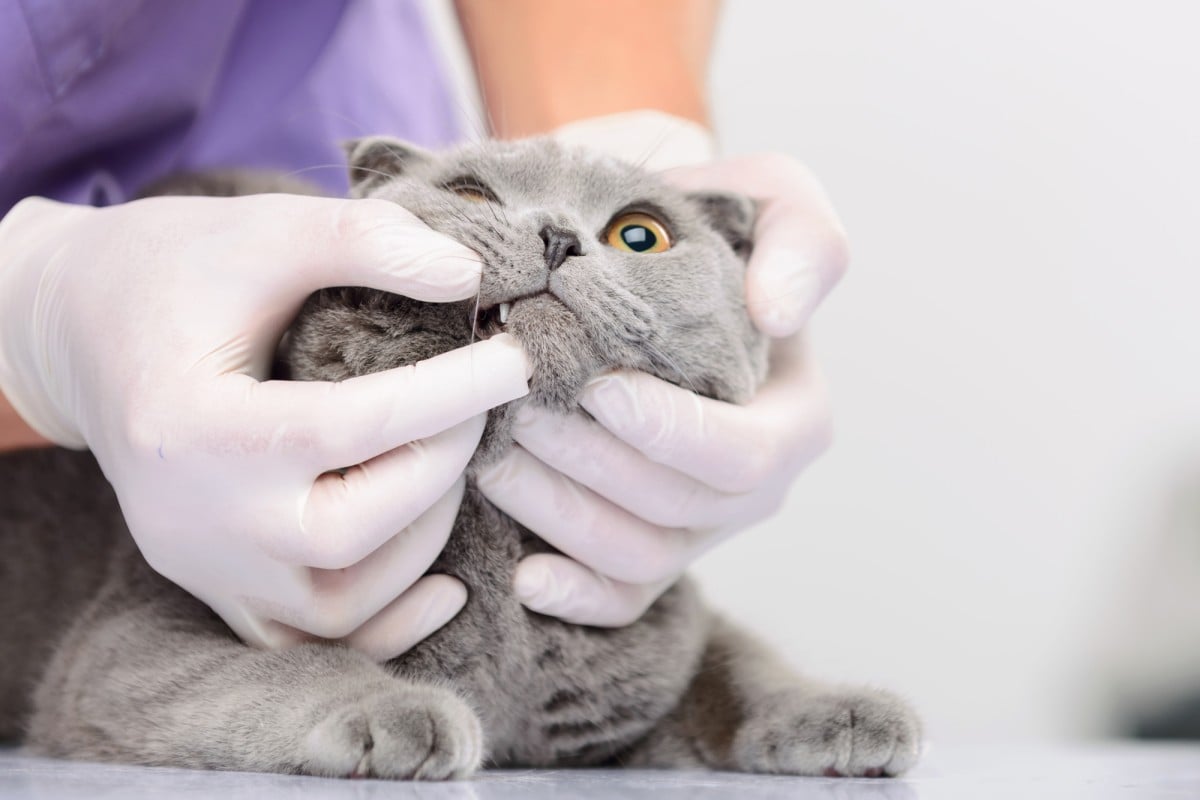
Calling all hopeful vets: why you should consider the University of Glasgow
Veterinary medicine is a difficult discipline, but the school at the University of Glasgow has facilities for all animals, from cows to snakes

The University of Glasgow ranks seventh on the list of world’s best vet schools at top universities.com and is second of the British universities in this field.
It’s not easy to be accepted onto a vet programme; some say it is even more difficult to get into a vet school than it is to get into a human medical school. So Young Post went to Scotland last month and visited UG's vet school to find out what it takes to get a place.
To get into UG’s vet school you need 38 points on the IB, and your subjects need to include Chemistry HL6. Biology HL6, and Maths or Physics at SL. You will also need to have 6 points in English at standard level. And you will have to do an interview.
While you might only consider your marks as an entry to vet school, you also need to get as much experience as you can on your resume. You need to show the university that you are passionate about being a vet, that you have some idea of what it takes and that you’re willing to put in the hard work. They really value experience, which can be difficult to gain in Hong Kong. You would need to besiege the SPCA, your local vet or Ocean Park to gain one of a few limited places.
But cleaning out dog cages doesn’t really prepare you for dealing with big animals, which can be pretty scary if you’re not used to them. With summer just around the corner, now is the time to start thinking about how you can make the most of your holiday by getting some hands-on experience. If you are already a horse rider, beg your local stables to let you hang out there in summer. The only other way to gain this kind of experience is to look overseas or to the mainland. That’s not a bad idea at all, because if you go to an English-speaking country you can improve your English level, too.
Glasgow University campus dominates much of the city, and vet students are housed in their own school. The Garscube campus is a massive 80 hectares. The vet school shares amenities with the Institute of Cancer Sciences and the MRC Centre for Virus Research. We didn’t get to see any of the student facilities as our tour was to the award-winning Small Animal Hospital, the horse hospital and Scottish Centre for Production, Animal Health and Food Safety.
The SAH looks like a big human hospital and spans a range of specialist areas, such as diagnostic imaging, physiotherapy and hearing. It also treats animals with cancer.
The specialised “cat room” showed felines resplendent on lined cages, sniffing the cat pheromones being released into the air and sometimes listening to classical music because, according to our host, Martin Shevlin, the Small Animal Hospital Practice Manager, it keeps them calm.
Big dogs are in another section, and small dogs in their own section. There’s also a part of the hospital for exotic animals, like snakes, so students should be able to handle any kind of animal.
Dr Lance Voutem, Senior Veterinary Clinician in Equine Medicine, showed us the top-notch horse hospital, the Weipers Centre Equine Hospital. It has state-of-the-art imaging equipment and cares for horses all over Scotland and Northern England.
Some students think that one has to be fit and strong to be a horse vet. But that is not true, says Voutem, showing off the winch they use to move sedated horses on to the operating table. The same winch is used to move them off the table and into the recovery room. However, this is in the clinic. It might be an entirely different story out in the field as big, injured animals seldom lie down when they are told to.
We went on to check out the clinical studies area, where students practise giving injections, taking blood and the above-mentioned animal casting (i.e. using ropes to get a large animal to lie down). They had some pretty interesting, realistic and creative ways of getting students used to the feeling of dealing with animals, and not all of them involved cutting up carcasses.
Most of the students were out helping with the lambing season – one of the most rewarding jobs guaranteed to give one an animal-high for at least a week.
Up in the Scottish Centre for Production Animal Health & Food Safety there is an astonishing array of animals, your usual cattle, sheep, goats and pigs but also llamas. It was there we could see some students giving a cow an ultrasound to see if they could pick up an image of a calf.
But, if being elbow-deep in cow bits is not up to your liking there are many other fields which you can consider as a career around animals, such as nutrition or food safety.
Take a look at U of G’s website (gla.ac.uk) to get an idea of the many fields of study they offer in the sphere of animal health.
This trip was kindly facilitated by the British Council
